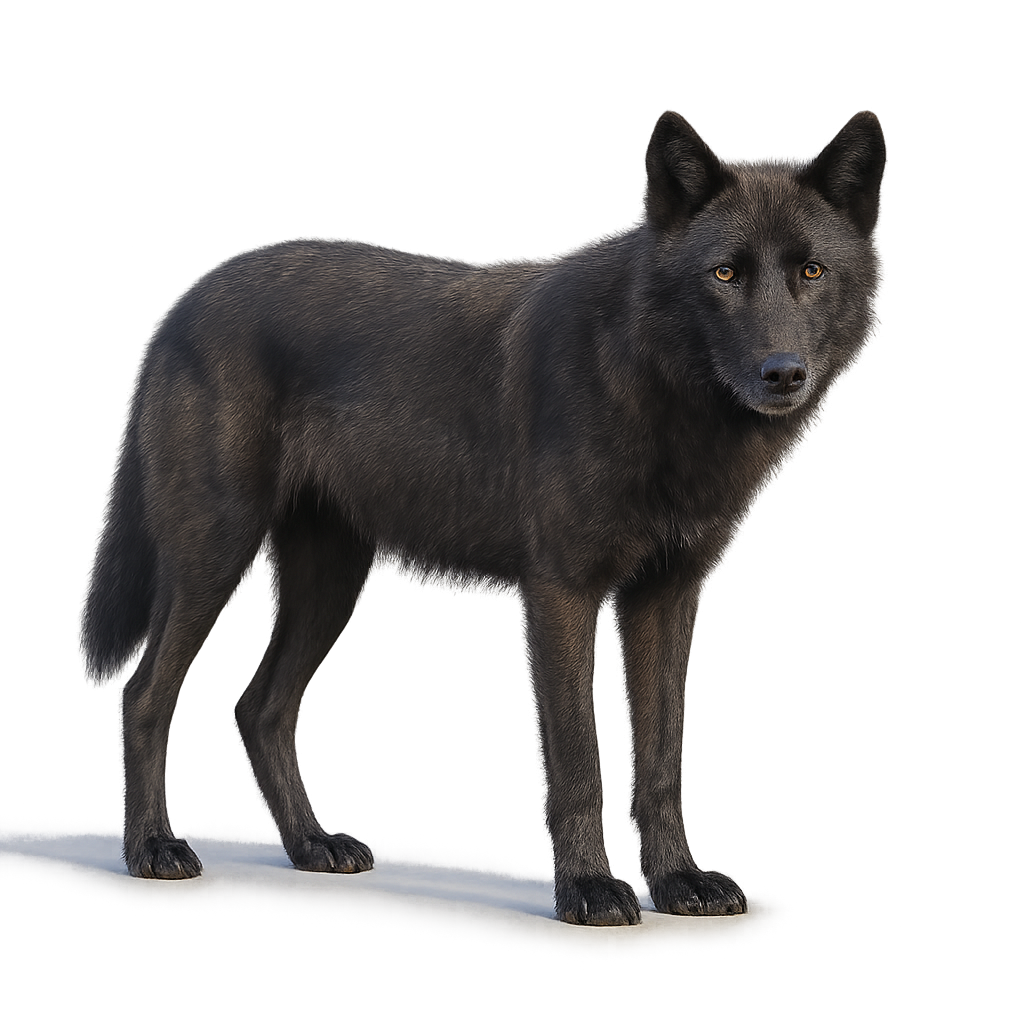Your wildlife photography guide.
Explore the bering wolf in detail, study its behavior, prepare your shots.
Where to observe and photograph the bering wolf in the wild
Learn where and when to spot the bering wolf in the wild, how to identify the species based on distinctive features, and what natural environments it inhabits. The WildlifePhotographer app offers tailored photography tips that reflect the bering wolf’s behavior, helping you capture better wildlife images. Explore the full species profile for key information including description, habitat, active periods, and approach techniques.
Bering wolf
Scientific name: Canis lupus crassodon

IUCN Status: Least Concern
Family: CANIDAE
Group: Mammals
Sensitivity to human approach: Suspicious
Minimum approach distance: 100 m
Rut period: February to March
Gestation: 60-63 jours
Births: April to May
Habitat:
Arctic and subarctic regions of Northern Asia and Alaska, especially in tundra and boreal forests. This wolf is adapted to cold and remote conditions of isolated areas
Activity period :
Active at dawn and dusk, ideal moments for observation.
Identification and description:
The Coastal Wolf is a subspecies of the gray wolf primarily found along the coasts of Alaska and the North Pacific, as well as on certain islands. This wolf is adapted to its coastal environment, where it primarily hunts marine prey such as seals, fish, and seabirds. It measures about 1.3 to 1.5 meters in length, with a tail of about 30 to 40 cm, and weighs between 30 and 50 kg. Its coat is typically gray, brown, or black, with lighter shades on the belly and a thick mane around the neck. The Coastal Wolf is a social predator that lives in family groups and hunts in packs, often in areas close to water or on beaches. In addition to marine prey, it may also feed on deer, bears, and small mammals. While this subspecies is less widespread than others, it is well adapted to its environment and plays an important role in maintaining the balance of coastal ecosystems. However, it is threatened by habitat loss, human disturbances, and hunting.
Recommended lens:
400 mm – adjust based on distance, desired framing (portrait or habitat), and approach conditions.
Photography tips:
Use a telephoto lens to photograph coastal wolves, particularly when they are hunting or moving in groups. The soft light of the morning or evening is ideal for capturing the beauty of their fur and natural behavior.
Be discreet and respect their space, as these wolves are very wary and can be easily disturbed.
The WildlifePhotographer App is coming soon!
Be the first to explore the best nature spots, track rutting seasons, log your observations, and observe more wildlife.
Already 1 430 wildlife lovers subscribed worldwide

